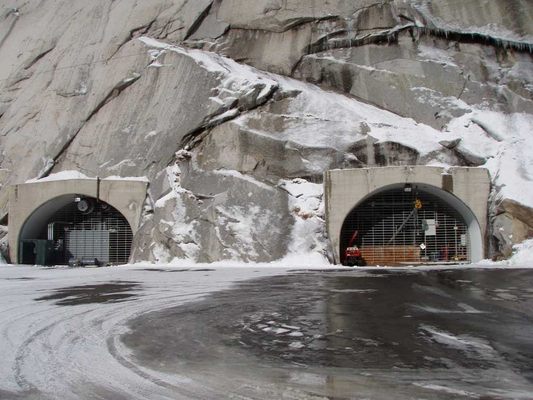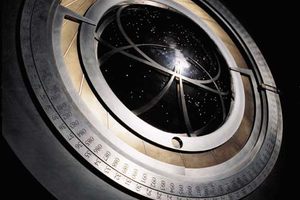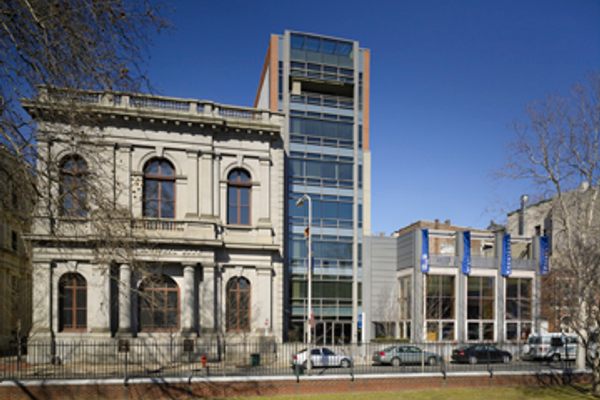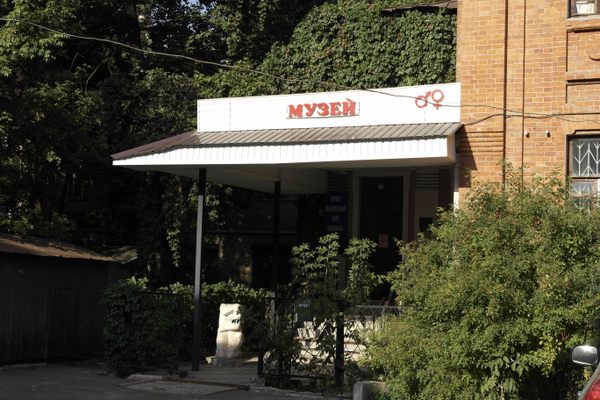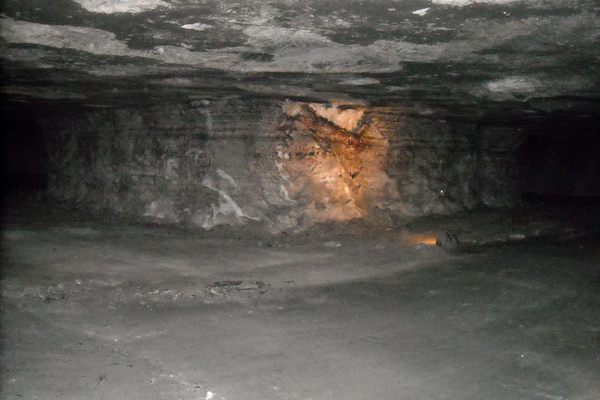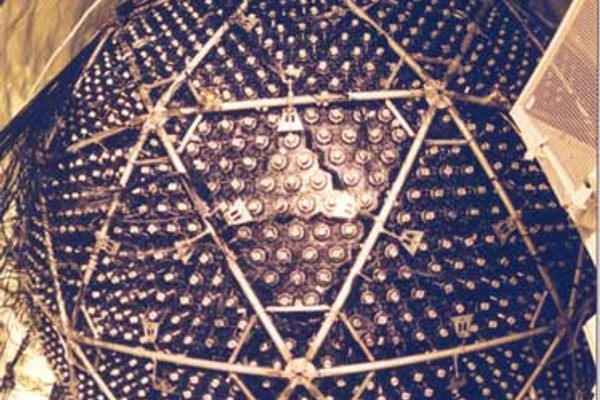About
There are a number of places which embody the ideas of Long Now thinking: nuclear waste repositories, historical sites, and other long-term structures are all excellent places to look for Long Now inspiration. But there is one facility, though hard to gain access to, which is an amazing example of long-term thinking, and it is not what you might expect.
Welcome to the underground bunker where the Mormons keep their genealogical backup data, deep in the solid granite cliffs of Little Cottonwood Canyon, outside Salt Lake City, Utah.
The Church of Jesus Christ of Latter-day Saints has been collecting genealogical data from all the sources it can get its hands on, from all over the world, for over 100 years. The Mormons have become the largest such repository, and the data itself is open to anyone who uses their website, or comes to their buildings in downtown Salt Lake City.
While the Mormon Genealogical Archives don't give public tours of the granite vaults where all the original microfilm is kept for security and preservation reasons, in special cases -- in this case to Steward Brand and Alexander Rose of the Long Now Foundation -- access is granted.
The largest contaminant of their microfilm is, in fact, blue jean lint brought in by the workers! The archivists use microfilm mainly because there is not yet a longer-lasting digital equivalent. However, they are also digitizing their holdings and collecting more and more information digitally for easier dissemination.
Upon entering the gate, the first question comes up… "Why doesn't anyone park near the entrance?" There is a good reason. It turns out that boulders occasionally cleave off the rock face above, caused by the freezing and thawing of water in the cracks of the rock. These boulders then come down the cliff and crush people's cars. (This is an excellent lesson in Long Now thinking: anything under a rock cliff is on borrowed time.) No pictures were allowed beyond this point.
Once safely inside, the building looks like just about any other office building. The only thing giving away the strangeness of the location was the curved corrugated metal ceiling and walls. Another difference from an average office building is that the design life of the archive is said to be "1000 years." The facility was built in the '60s (likely a product of cold war fear) so it is now about 45 years into its intended design life, and roughly sixty full time workers currently bustle about with microfilm, scanning in the front lateral tunnel near the daylight.
Past the front lateral tunnel one steps through double doors, and a large bank vault style door, into one of the 750-foot-long tunnels going back into the archives. These are all connected by lateral tunnels holding impossibly long rows of skinny microfilm drawers. The infinite repetition and forced perspective reminds one of the "we need lots of guns" scene from The Matrix. Each drawer is numbered with a simple set of digits, the film number, given in order of collection, and is indexed "in an Oracle database" according to the lead archivist, though this begs some questions about the long-term viability of such database software.
The real highlight of the Mormon Genealogical Archives is the reservoir. In the deepest tunnel, through a door, is the only part of the facility where one can see exposed rock. A small cement wall is built up here to trap the water dripping from the micro cracks in the rock above. The long, narrow hallway filled with water from a slow drip reminds one of the Fremen water caches from Frank Herbert’s Dune. The water itself, having dripped through the huge filtration system that is the mountain, is cold and quite tasty.
The facility, while impressive, has its share of engineering difficulties. It has already had to relieve water pressure under the floors and walls, and allow it to drain. (Another big Long Now lesson: don't think you can keep the water out; it's far better to accept it will come through, and just route it.) Giant air movers keep the space ventilated, but at a large energy cost, another potential issue with the long term design.
Regardless, the Mormon Genealogical Archives are an inspiration for Long Now thinking and in showing the Archives the Church was both helpful and open. At the very least, new allies in the long term.
In conjunction with the Long Now Foundation. Modified from original text by Alexander Rose at the Long Now Blog.
Related Tags
Published
December 8, 2009

